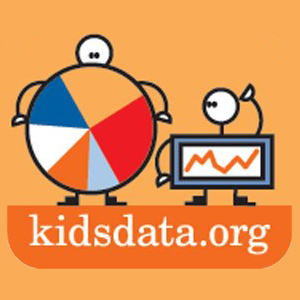
San Jose Mercury News / (MCT)
PALO ALTO — More than 4 percent of seventh-graders have brought a gun to school, more than 9 percent of ninth-graders have brought a knife or other non-firearm weapon to school, and more than 24 percent of high school juniors had driven after drinking or ridden with a friend who had been drinking.
This somewhat troubling and sometimes startling portrait of the lives of children in Santa Clara and San Mateo counties is part of a trove of data released last week on the safety, well-being and opportunities for youth in California.
Among findings of the Kidsdata report, compiled from various sources by the Lucile Packard Foundation For Children’s Health: 39 percent of seventh-graders in Santa Clara County and 46 percent in San Mateo County said they had been bullied in the past 12 months at school. The numbers in both counties go down for ninth- and 11th-graders.
Nearly 6 percent of seventh-graders and 8 percent of ninth-graders in Santa Clara County said they belong to a gang. In San Mateo County, the respective percentages are 8 percent and 6 percent.
Among seventh-graders, 26 percent in Santa Clara County and 28 percent in San Mateo County said they have felt afraid of being beaten up at school.
Also among seventh-graders, 22 percent in Santa Clara County and 27 percent in San Mateo County said they had been in a fight on campus in the past 12 months.
The figures are taken from surveys by the California Healthy Kids Survey conducted from 2008 to 2010 by the research group WestEd of San Francisco. In other categories, the data is more recent.
The results are available in a searchable database by county, city and school district at www.kidsdata.org.
The report also contains bright spots. Substantiated cases of child abuse have declined in both counties. In 2012, the rate dropped to 4.9 per 1,000 children in Santa Clara County, down from 5.1 four years earlier. In the same time period in San Mateo County, the rate dropped to 2.3 per 1,000 children, down from 3.6.
“I am really pleased at the trend,” said Anne Ehresman, executive director of the YMCA/Project Cornerstone, which works with schools and communities to stitch together support for young people. She noted that the Santa Clara County Department of Social Services has focused on reducing child abuse.
Yet Ehresman expressed concern that the data also shows a stark racial disparity in experience and views of children.
Latino youth reported feeling least connected to their schools and community. For example, in Santa Clara County, only 26 percent of Latino youth and 32 percent of African-American youth said they felt highly connected to school as measured by caring adults, high expectations and meaningful school participation. In contrast, 41 percent of white students felt highly connected to school.
The data also showed that in 2012 nearly 38 percent of students in Santa Clara County, and 36 percent in San Mateo County, lived in low-income households eligible for free or reduced-price lunches. That standard is a maximum of $41,350 annually for a family of four.
Last year, English learners accounted for 24 percent of students in Santa Clara County and 25 percent in San Mateo County. More than 57 percent of San Mateo County children and 64 percent of Santa Clara County children live with at least one foreign-born parent.
Kidsdata also includes figures on education, child care, alcohol and substance abuse, suicide, arrests, air quality and other environmental health indicators, family economics, physical health and other information.
Contact Sharon Noguchi at 408-271-3775. Follow her at Twitter.com/noguchionk12. ___ (c)2013 the San Jose Mercury News (San Jose, Calif.) Visit the San Jose Mercury News (San Jose, Calif.) at www.mercurynews.com Distributed by MCT Information Services































